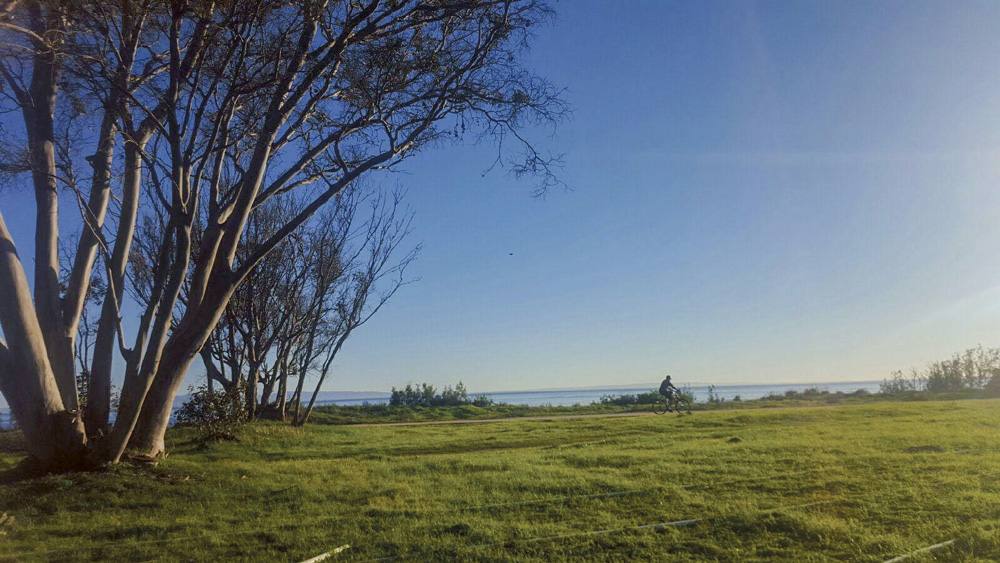Quincy Lee
Staff Writer
“These aren’t our trees. They are our children’s trees and our children’s children’s trees,” is the motto of the student volunteer organization, Your Children’s Trees.
Since the student group was founded last fall, the organization of volunteers has planted over 250 coastal oak trees and maintains the life of 150 existing oak trees. These 400 trees are establishing a large part of the natural ecosystem on Coal Oil Point Reserve, just west of the University of California, Santa Barbara campus.
The protection of native and natural species is a common goal of Your Children’s Trees and the reserve. The species of coastal oak tree is native to the local ecosystem and provides an essential role in the condition of the soil. These trees reduce surface runoff and will reduce erosional forces when it rains, reducing the amount of sediment that gets drained into the ocean.
Through planting seedlings in the area, the goal of Your Children’s Trees is to establish and preserve the oak forest that naturally exists along the coastline. “I hope to come back in 20 years to see the seedlings grow into an entire environment,” Mariana Varano, UCSB student and vice president of Your Children’s Trees, said. “It will have been restored to the way it was.”
Prior to development, this area of land was a natural oak forest. The work of Your Children’s Trees is restoring that natural ecosystem. In the last year, 1,000 community members volunteered at events such as tree planting.
The volunteers go out on Saturday mornings to plant the trees. Although they are only seedlings now, these tree plantings are establishing a strong foundation for the environment. “A small group can have a big impact,” Varano said.
The student activists who started Your Children’s Trees, such as Varano and other dedicated UCSB students, are an important part of the future of our community. Their impact isn’t immediate, but will be long-lasting, like the trees’ lives.
Local groups are more than willing to help, as the costs of these tree plantings, from seed gatherings to supplies, can be expensive. Your Children’s Trees is made possible through funding from nonprofits such as the Coastal Fund, the Community Affairs Board and the Santa Barbara Foundation.
Through these grants, Your Children’s Trees is able to maintain the local ecosystem for future generations. In addition, they provide an example for future coastal conservation efforts in Santa Barbara and all of California. The actions of the organization are to provide future generations with a functioning natural environment and the tools necessary to sustain it. Community outreach is a large part of maintaining Your Children’s Trees.
At local elementary schools, the organization hosts Science Nights directed at teaching the next generation about the importance of environmental sustainability. “This environmental education directly complements our work in the field,” Varano said.
These Science Nights educate the children about the crucial aspects of natural ecosystems, as the goal of the organization is to provide these children with a healthy environment. By planting trees and spreading knowledge, this organization will create a sustainable future for the area.
Your Children’s Trees hosts weekly tree planting sessions every Saturday morning from 9 AM to 12 PM and always welcomes new volunteers.











